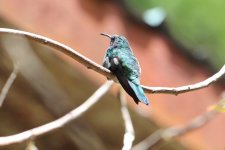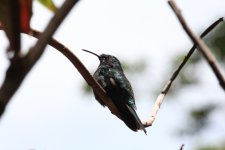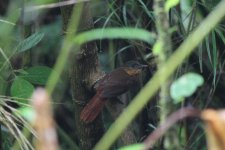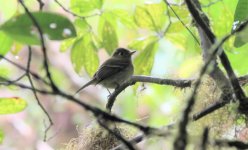DeanLeverett
Well-known member

Hi folks
Another set of 3 birds from Costa Rica for ID check pls..... All pics taken from Monteverde in April 2022.
9068/9069 - Black-bellied Hummingbird? [nothing else seems to match, but not really correct location for this species?]
9321 - Lineated Foliage-gleaner?
9425 - Black-capped Flycatcher?
Many thanks!
Another set of 3 birds from Costa Rica for ID check pls..... All pics taken from Monteverde in April 2022.
9068/9069 - Black-bellied Hummingbird? [nothing else seems to match, but not really correct location for this species?]
9321 - Lineated Foliage-gleaner?
9425 - Black-capped Flycatcher?
Many thanks!







